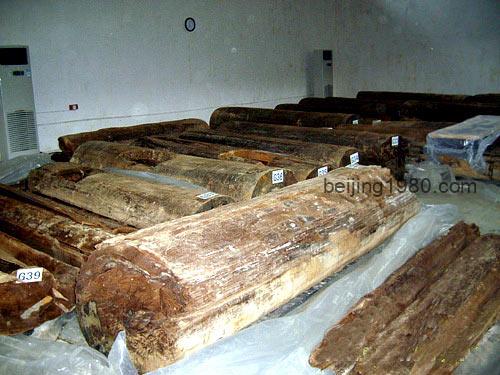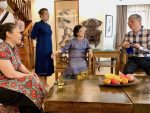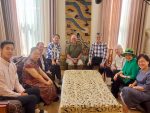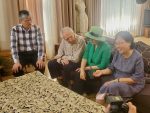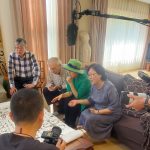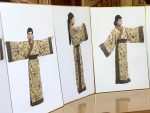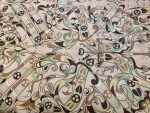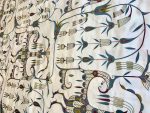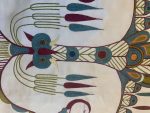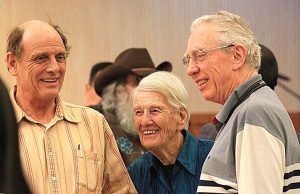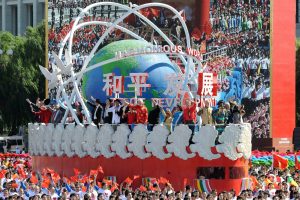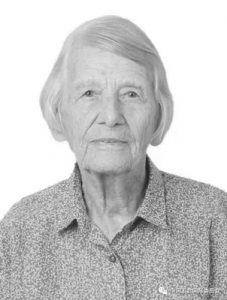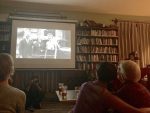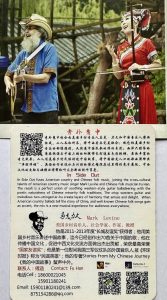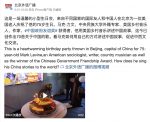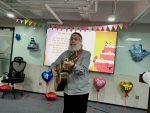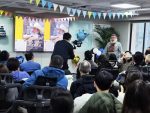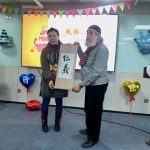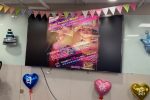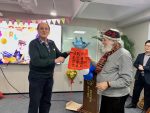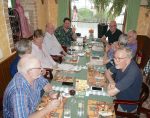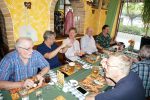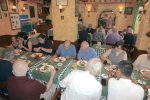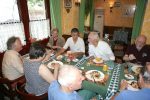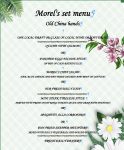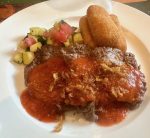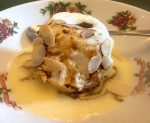The story
Full details of the 2300 years old silk robe can be found in the following articles:
China Daily 1 August 2007 – Chinese Archaeologists Make Ground-breaking Textile Discovery
and
China.org 31 July 2007 – 2,500-year-old Textiles Discovered by Chinese Archaeologists
The 2300 years old silk robe was discovered in a tomb in 1982.
Chinese archaeologists have found textiles in a mysterious tomb dating back nearly 2,500 years in eastern Jiangxi Province, the oldest to be discovered in China’s history.
The textiles, which are well-preserved and feature stunning dyeing and weaving technologies, will rewrite the history of China’s textile industry, says Wang Yarong, an archaeologist who has been following the findings in the textile sector for more than three decades.
Wang and her colleagues found more than 20 pieces of fine silk, flax and cotton cloth in 22 of a total 47 coffins unearthed from the tomb in Lijia village of Jing’an county.
“Most of them are fine fabrics and the largest piece is 130 cm long, 52 cm wide and woven with complicated techniques,” said Wang, a researcher with the textiles preservation center of the Beijing-based Capital Museum.
The tomb, 16 meters long, 11.5 meters wide and three meters deep, contained the largest group of coffins ever discovered in a single tomb and its excavation was dubbed “the most important archeological project of the year” by cultural experts and the Chinese media.
Experts had unearthed more than 200 heritage pieces from the tomb, including copperware, jade, gold and handicrafts made from bamboo: a well-preserved fan 37 cm long and 25 cm wide and a bamboo mat 180 cm long and 80 cm wide.
Seven of the coffins contained human skeletons, four of which were identified as healthy females aged around 20, said Wei Dong, an archaeologist from northeast China’s Jilin University. Wei and other members of the research team assumed the four young women were maids who had been buried alive in sacrifice alongside a dead aristocrat, as was a centuries-old custom in ancient China.
Read the full article!
At the house of our friend Mike
We welcomed Ms. Wang Yarong at the house of Mike, along with Rene and others on 28 July 2022. The CCTV crew did the shooting of the documentary.
We had the chance to look at the copy of the original silk robe, done by Ms. Wang Yarong and her team. Ms. Wang gave a detailed insight into the art work and we also looked at the 3D computer images.
The documentary
Came out in August 2023.
The movie is best seen on mobile, it needs the app.
See some screenshots from my mobile.
